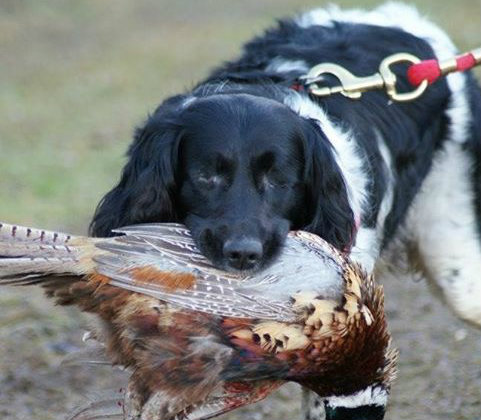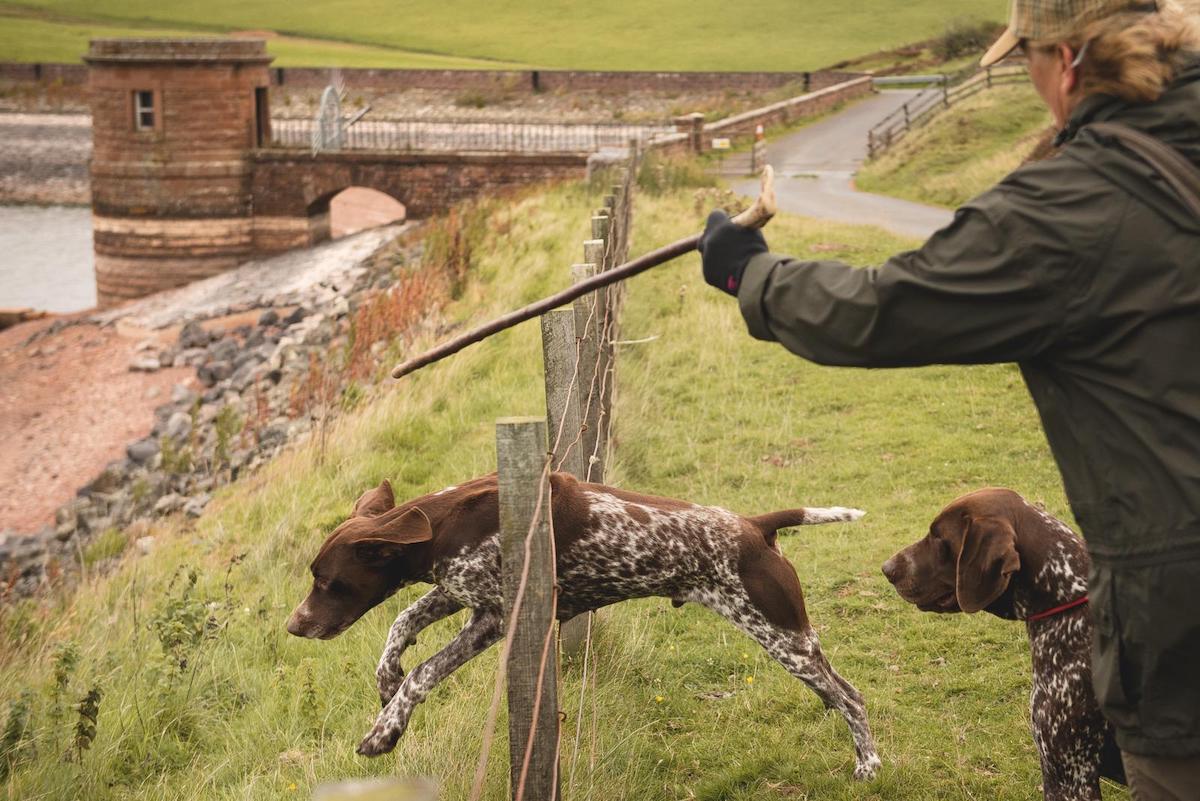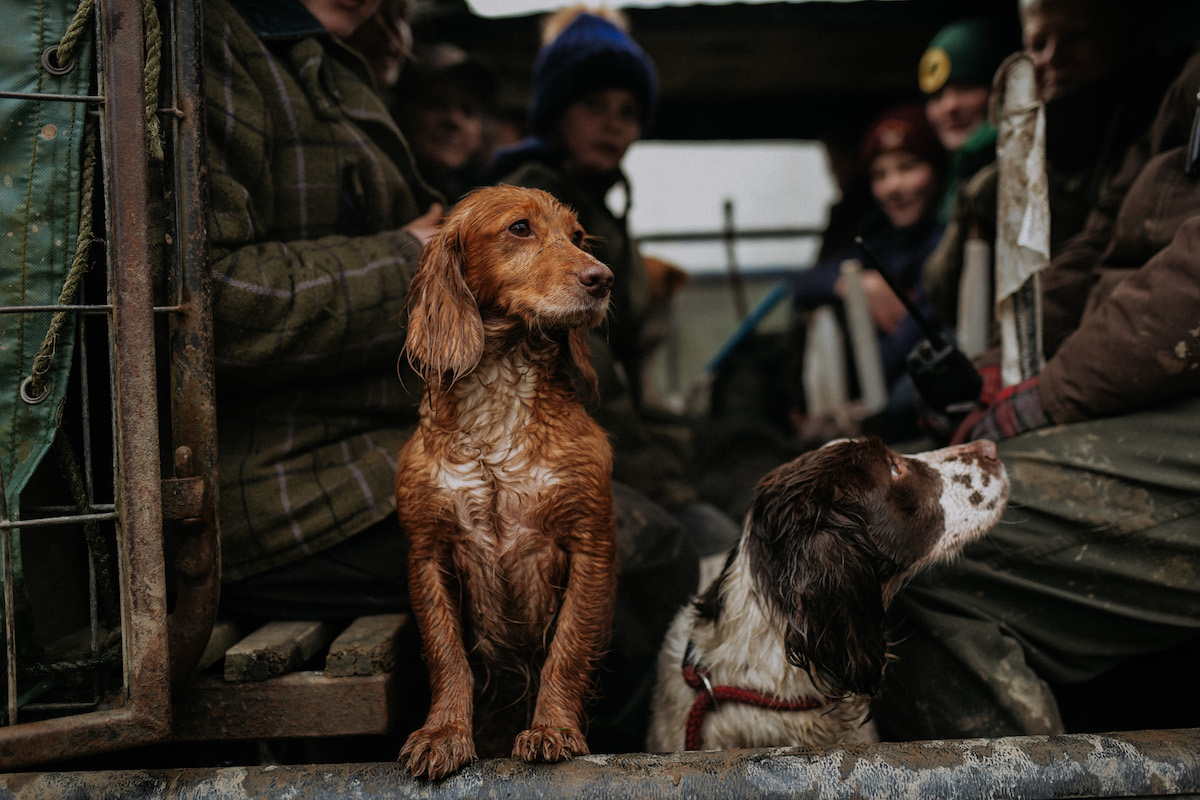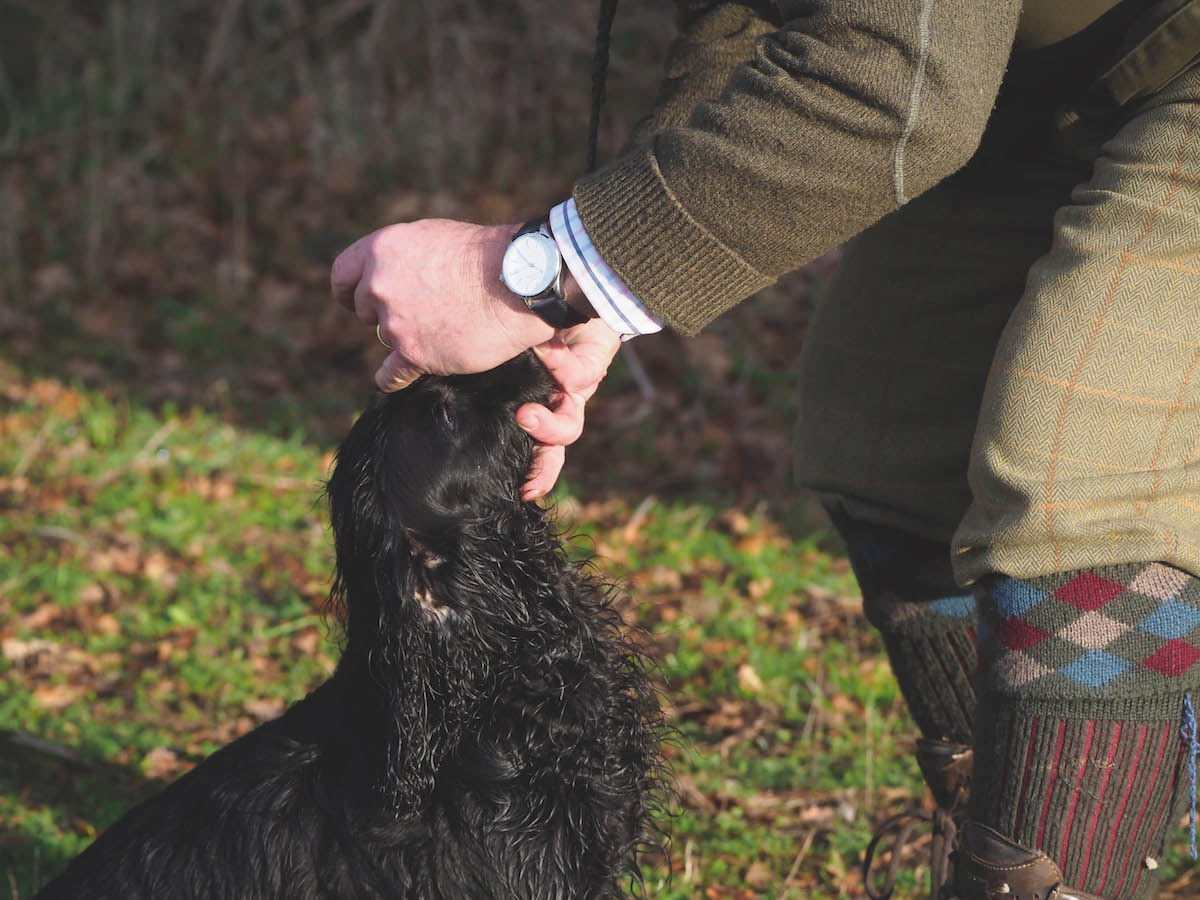Why it’s crucial to spot signs of glaucoma in dogs
Glaucoma is a relatively common disease in dogs and if not treated quickly, can result in permanent loss of vision or even total blindness.

Sadly Bramble lost both eyes to glaucoma but still enjoys retrieving
What is glaucoma?
Glaucoma occurs when the pressure inside the eyeball becomes higher than normal, which can damage the eye’s internal structure. The retina and optic nerve are particularly sensitive.
Vet Neil McIntosh of Abbey Veterinary Group advises: “Glaucoma is not a specific diagnosis but a general term for increased pressure within the eye.
“Primary glaucoma can be an inherited condition in some breeds, including flat-coated retrievers and spaniels.
“Secondary glaucoma occurs when other conditions cause fluid to build up in the eye. These include inflammation of the iris (uveitis), dislocation of the lens, infection, bleeding following trauma and tumours.
“Since early treatment is absolutely essential to avoid permanent damage to the retina, any dog that shows ocular pain (squinting, blinking, head shyness or rubbing the eye on the floor), cloudiness or bluish colouration of the cornea, excessive redness or watering of the eyes, increased sensitivity to light, uneven pupils or a swollen eyeball should be taken to the vet immediately. Treatment to reduce the flow of fluid through the eye can be successful but regrettably some affected eyes require to be removed to avoid significant discomfort.
“Glaucoma is not preventable, except by checking potential breeding dogs for primary glaucoma.”
Reader Sam Gould told us this story …
“I have a seven-year-old springer, Bramble, who was struck down with glaucoma in October 2015. Sadly she lost her first eye but still worked a few weeks later.
“Then her second eye started to fail. We ran pressure tests on her eye everyday for just over a year. We opted for surgery just before Christmas. However 10 days later the surgery failed as the liquid in her eye kept blocking the implant.
“We had her second eye removed at the beginning of January so she is now totally blind.”
However, Bramble is back out enjoying working in the field with Sam’s husband. As Sam says, “she is amazing” and her passion is to work on the shoot, retrieving birds. Just shows that a spaniel’s nose rarely fails.
Symptoms of glaucoma
It is important to know what to look out for as speed is of the essence in treating glaucoma. If the dog doesn’t receive veterinary attention promptly sight could be lost permanently.
Early signs include:
- Pain (the dog may rub the affected eye with a paw, or against furniture)
- A dilated pupil in one eye
- A bloodshot eye
- Cloudiness within the cornea
- One eye seeming larger or protruding
- Increased sensitivity to light
- Excessive watering of the eyes
If you notice any of the above or have cause for concern, then take your dog to the vet immediately. Any delay could result in the animal becoming blind.








